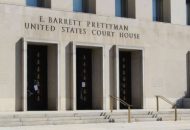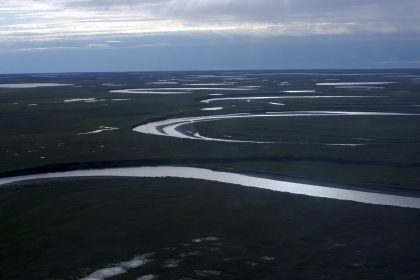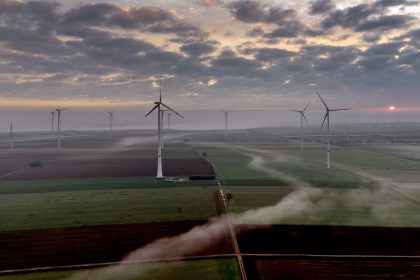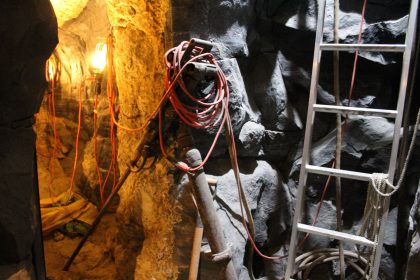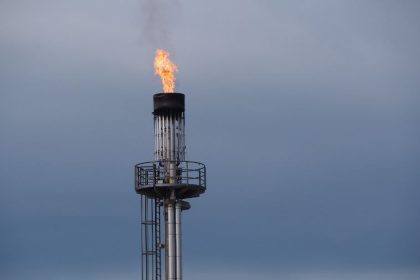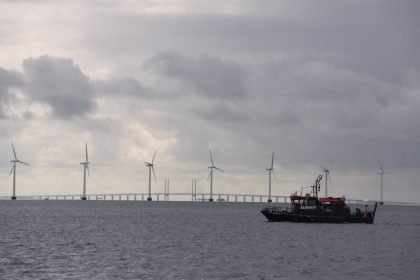Feds Unveil Plan to Get Clean Energy on the Grid Faster
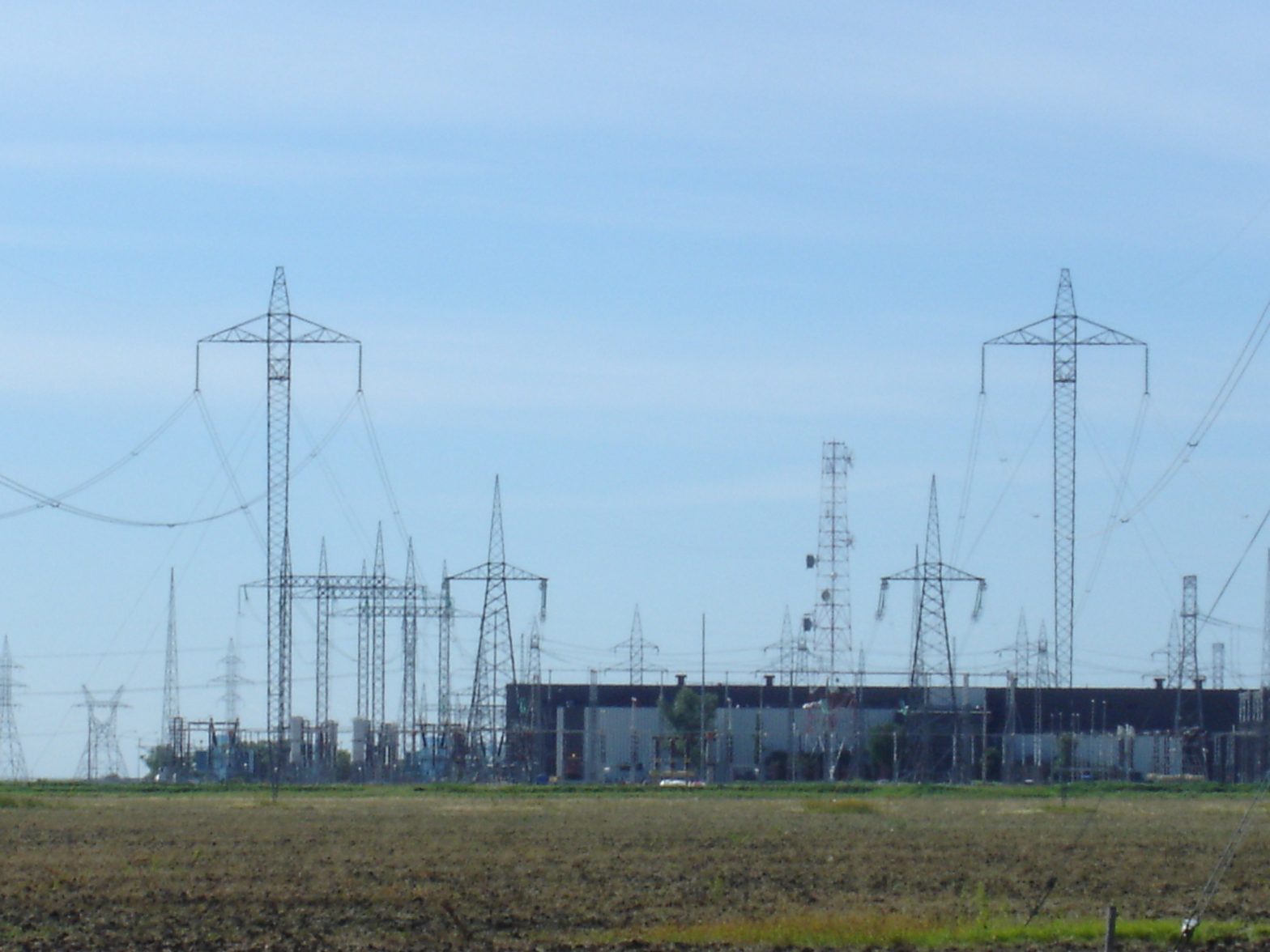
WASHINGTON — Federal regulators on Thursday rolled out a proposed overhaul of long-standing policies governing how new power projects are connected to transmission lines.
The intention behind the proposal from the Federal Energy Regulatory Commission is to unstop a bottleneck of renewable and other clean energy projects currently waiting to be brought on to the nation’s power grid.
In addition to addressing “significant current backlogs in the interconnection queues,” the overhaul also includes provisions intended to improve interconnection procedures, provide greater certainty to power project developers and to prevent discrimination against new modes of power in general.
“Today’s unanimous action addresses the urgent need to update, expedite and streamline our processes to interconnect new resources to the grid,” said FERC Chairman Rich Glick in a written statement issued Thursday afternoon.
“We are witnessing unprecedented demand for new resources seeking to interconnect to the transmission grid, and queue delays are hindering customers’ access to new, low-cost generation,” he said.
According to the agency, there were more than 1,400 GWs of generation and storage waiting in interconnection queues throughout the country at the end of 2021 — more than triple the total volume just five years ago.
At present, projects face an average timeline of more than three years to get connected to the grid.
The proposed rule includes several key areas of reforms:
Implement a first-ready, first-served cluster study process: Under the proposed first-ready, first-served cluster study process, transmission providers would conduct larger interconnection studies encompassing numerous proposed generating facilities, rather than separate studies for each individual generating facility.
This approach would increase the efficiency of the interconnection process and help minimize delays, agency officials said.
To ensure that ready projects can proceed through the queue in a timely manner, transmission providers also would impose additional financial commitments and readiness requirements on interconnection customers.
Improve interconnection queue processing speed: The notice of proposed rulemaking in the Federal Register proposes to impose firm deadlines and establish penalties if transmission providers fail to complete interconnection studies on time, except in instances where force majeure is applicable.
Additionally, the notice also proposes a more detailed affected systems study process, including a specific modeling standard and pro forma affected system agreements.
Finally, it proposes reforms to administratively simplify the process of studying interconnection requests that are all related to the same state-authorized or mandated resource solicitation.
Incorporate technological advancements into the interconnection process: The agency is proposing to require transmission providers to allow more than one resource to co-locate on a shared site behind a single point of interconnection and share a single interconnection request.
This agency says this would create a minimum standard that would remove barriers for co-located resources by creating a more efficient standardized procedure for these types of configurations.
The notice of proposed rulemaking also proposes to allow interconnection customers to add a generating facility to an existing interconnection request under certain circumstances without automatically losing their position in the queue.
In addition, it will require transmission providers to consider alternative transmission solutions if requested by the interconnection customer.
Update modeling and performance requirements for system reliability: Finally, the agency is proposing certain modeling and performance requirements for so-called “non-synchronous generating facilities” to address the unique characteristics of the changing resource mix.
In essence, this part of the rule is talking directly about the integration of wind and solar power to the grid.
Due to the increasing integration of sources of energy, and the installation of High Voltage Direct Current systems which allow for more efficient bulk power transfer over long distances, more power is injected to the AC grid based on power electronic converters.
This kind of power injection is called non-synchronous generation.
In order to ensure that non-synchronous resources are better able to support reliability, the agency is considering a requirement that they be able to continue providing power and voltage support during grid disturbances.
Public comments are due 100 days after the publication of the notice of proposed rulemaking in the Federal Register.
Dan can be reached at [email protected] and at https://twitter.com/DanMcCue.
















